In October 2018, New Zealand flanker Sam Cane suffered a career-threatening injury while playing for his country against the Springboks. He broke his neck while attempting a cleanout during the game in Pretoria, and it seemed like his time as rugby player could be over:
“As bad as the injury was, I also, in a funny way, felt pretty lucky because it could have been a lot worse. We’re only a couple of millimetres away from never playing again so in a funny way I was pretty grateful that I was going to be OK and, one: I was going to be able to live a healthy, normal life and two: to get back playing rugby is awesome.” https://www.rugbypass.com/news/it-could-have-been-a-lot-worse-sam-cane-opens-up-about-neck-injury/
It took Sam Cane the better part of two years to get back on a rugby field and climb his Everest back to Test-match level for a second time.
Asked about his prospects later in the same interview, the All Blacks skipper commented,
“I’ll only know that when I’m making my first tackle or clean out my first ruck. Every other time I’ve had an injury I’ve been able to step out there, put it to one side and just play. Obviously, this is a bit of a different context, but I suppose I’ll only know how I’ll react when the time comes.
“It’ll be a mental challenge; it won’t be a physical limitation.”
Something similar happened to his predecessor in the New Zealand number 7 jersey, the great Richie McCaw. McCaw endured a succession of concussions midway through his international career, and when he final got back, there were some notable changes in his technique at the defensive breakdown, where most of the head and neck traumas had occurred. Instead of sitting in as a target in his ‘starfish’ position, Richie became more fluid and dynamic in his assault on opposition rucks.
The job of coaches at any level is to work with the material they are given, and come up with creative solutions. One of the consequences of Sam Cane’s neck injury is that it has reduced his effectiveness in the tackle area, as a pilferer of opposition ball. Cane had only one steal in three matches against Ireland in July, and has none in four rounds of the Rugby Championship so far.
What has been the creative solution by the New Zealand coaches? Take a look at the stats below, from rounds 1-4 of the tournament:
| Player | Breakdown arrivals | Breakdown contests | Breakdown pilfers |
|---|---|---|---|
| Sam Cane | 24 | 1 | 0 |
| Sam Whitelock | 26 | 3 | 2 |
| Ardie Savea | 27 | 4 | 3 |
At the same time, Cane is the top tackler: 43 to Whitelock’s 29, and Savea’s 35.
It is clear from the raw stats that the defensive structure has tried to move Sam Cane away from jackaling, and towards tackling, with a number 8, Ardie Savea, and a second row (Sam Whitelock) picking up more of the pilfering duties in his stead.
These are two early examples from the second game between the All Blacks and Pumas in Hamilton:
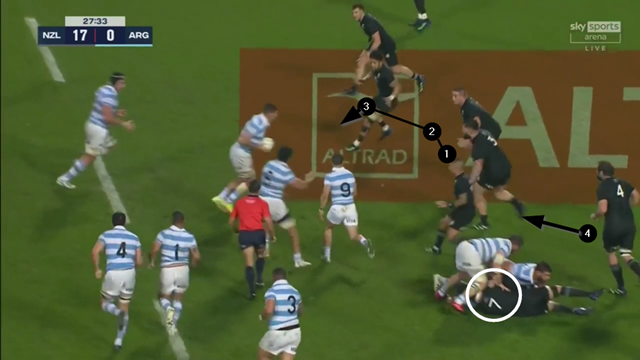
The idea is for Cane to make a tackle – preferably a dominant one – early in the phase count, with Ardie Savea and Sam Whitelock looking to engage on the pilfer in the rucks that follow. In the first example, both defenders get in on-ball at successive breakdowns, and in the second the defence is set up so that the two props (Ethan de Groot and Tyrel Lomax) are the most likely tacklers, with either Ardie or Sam looking to swoop in over the top of the tackle ball behind them.
The second feature in the moulding of New Zealand’s turnover defence shape is an increased emphasis on the counter-ruck. The big turnover merchants on the deck in this year’s Rugby Championship are South Africa (13 pilfers among their top three jackals) and Argentina (10), while the All Blacks lag behind with six.
Against Argentina at the FMG stadium, New Zealand won zero turnovers on the floor, but both they collectively and Sam Cane individually, thrived at the counter-ruck:
In the first example, Ardie Savea has an initial dip on the deck, but thereafter concentrates his efforts on the counter-ruck with assistance from number 13 Rieko Ioane. The outcome is a negative breakdown for Argentina, with their scrum-half receiving ball on the retreat.
In the second instance, an excellent chase and tackle by Will Joran after kick-off sparks an immediate counter-ruck by Scott Barrett and Sam Cane, drawing a penalty from referee Nic Berry.
The emphasis on spreading the load in turnover defence extended out to the backs too:
Those are three of New Zealand’s smallest backs (Richie Mo’unga, Aaron Smith and Will Jordan) leading the counter-ruck versus Argentine forwards, and winning another penalty.
When Sam Cane did get a shot at the ball on the deck, he used a McCaw ‘post-concussion’ technique – not planting himself over the ball and making himself a target, but looking to acquire it on the run:
Summary
The second game between the Pumas and All Blacks in Hamilton provided some excellent examples of how to shape some creative solutions around the limitations of your own players. After a succession of serious injuries, Sam Cane is still a reliable tackler but no longer a great pilferer, so the emphasis shifted to Ardie Savea and Sam Whitelock on the deck, with a bigger ratio of counter-ruck to pilfer attempts. That represents an intelligent solution in turnover defence.
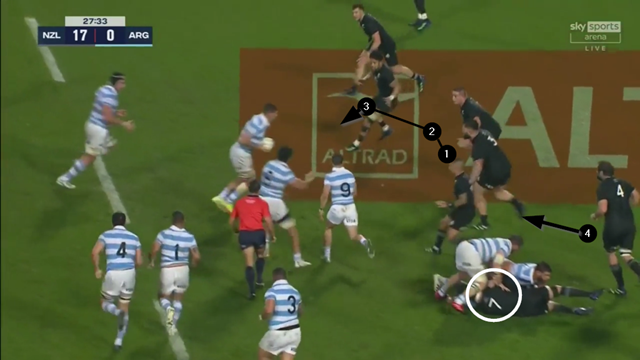


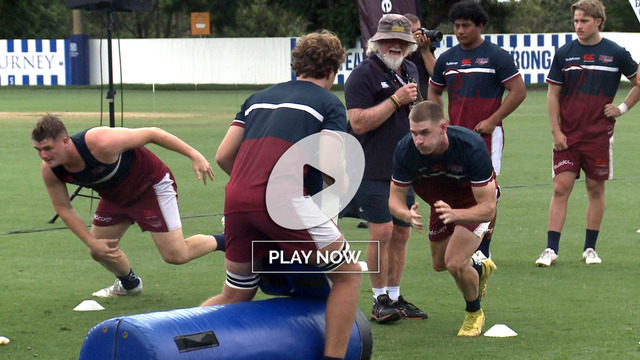
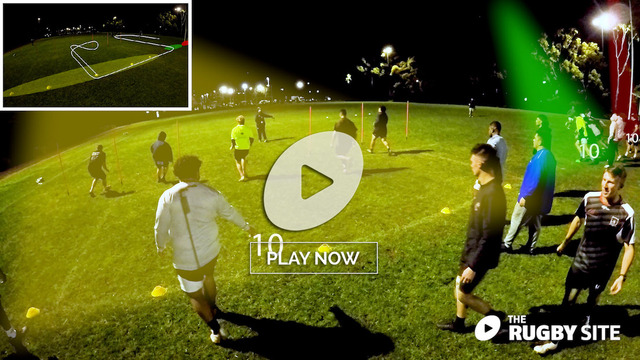

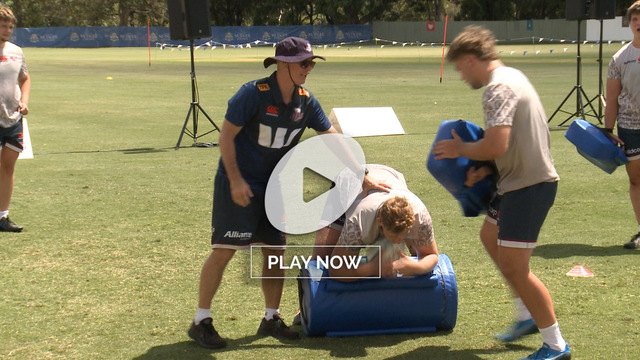
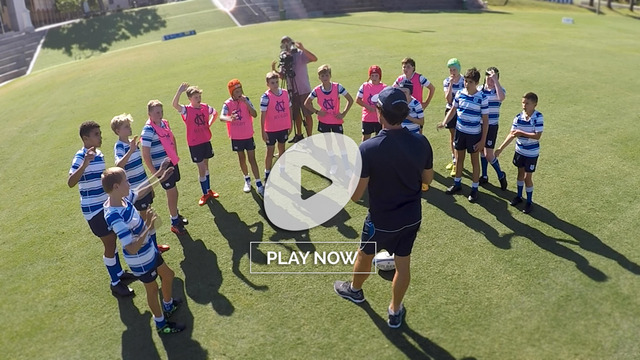

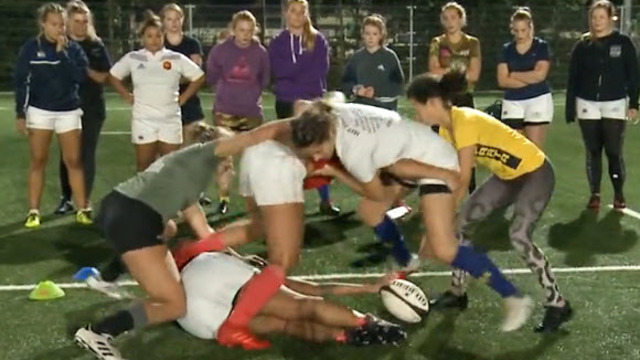

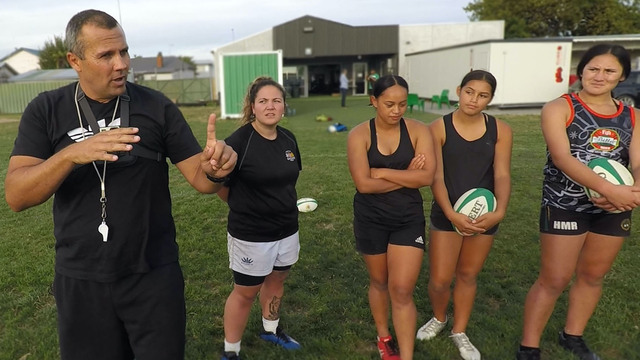

.jpg)
.jpg)
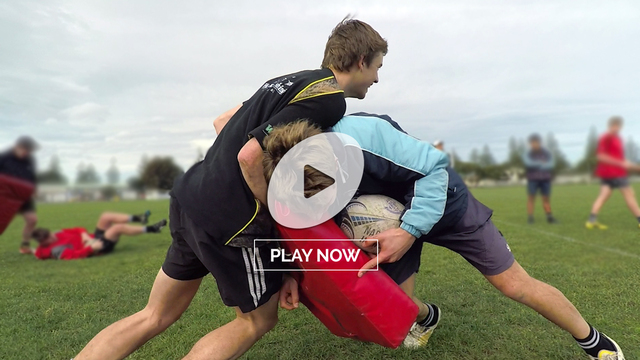
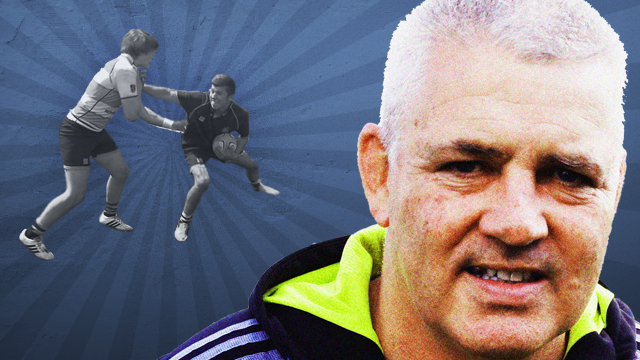
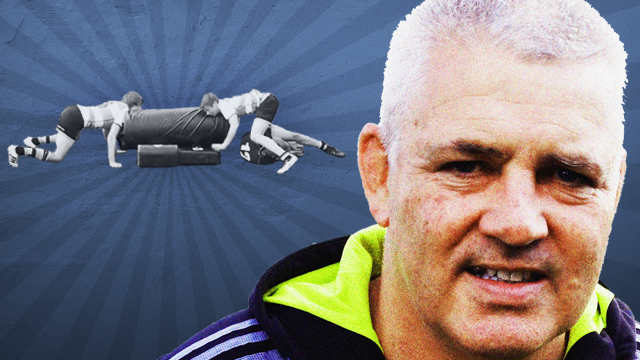

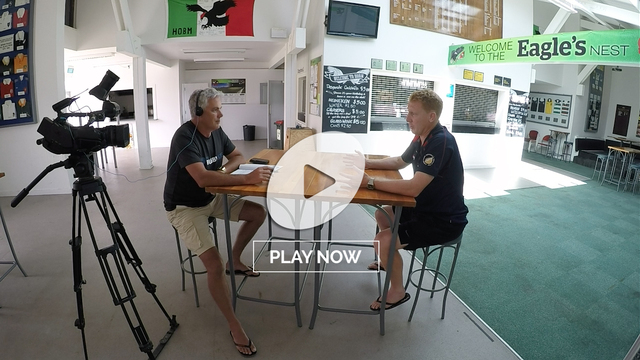
_no_button.jpg)

